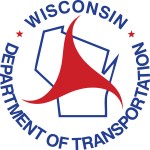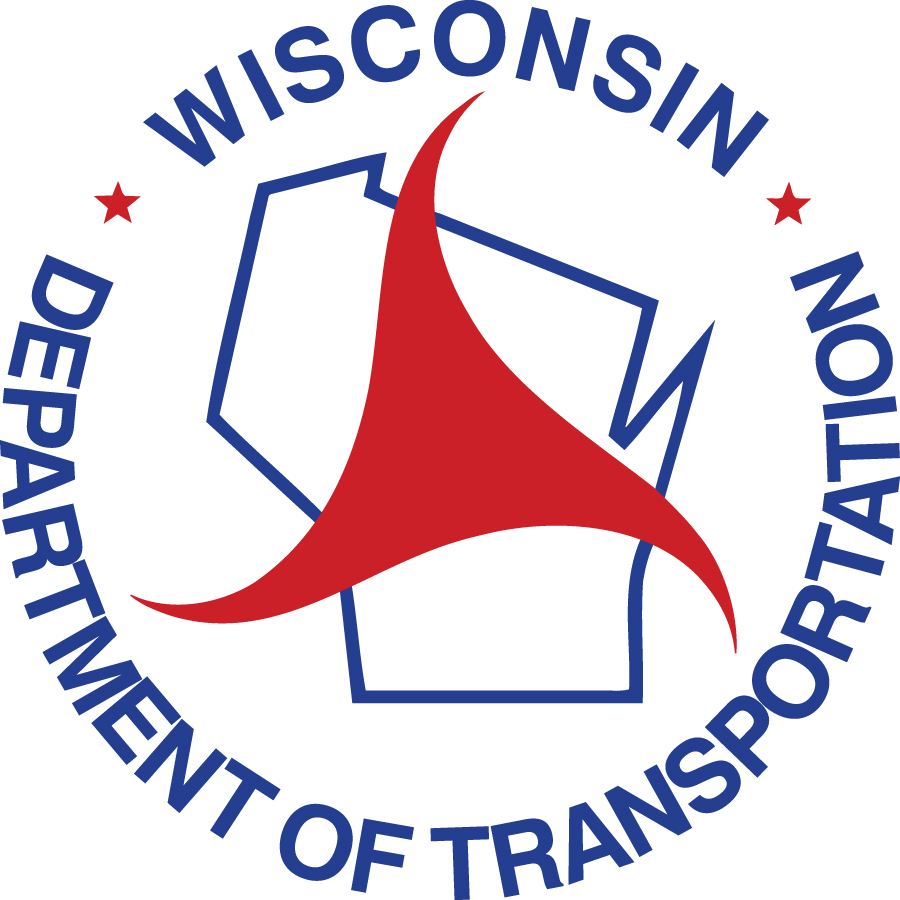State law requires drivers to brake for roadside workers
November Law of the Month: Move Over Law
Roadside workers depend on drivers to keep them safe. Wisconsin’s Move Over Law requires drivers to provide a safety zone for law enforcement, emergency responders and maintenance vehicles stopped alongside the road with their emergency lights on.
“The Move Over Law is one of the best protections our law enforcement officers, emergency responders, and road maintenance workers have to keep them safe on the job,” Wisconsin State Patrol Superintendent Tim Carnahan said. “Stepping out onto the side of the road is one of the most dangerous parts of our job, and we have seen our own officers injured and killed in these preventable crashes. Drivers need to pay attention. Lives are at risk.”
Over the past five years, 60 emergency responders were struck and injured by a vehicle while working on the side of the road in Wisconsin.
Nationwide, 32 emergency responders were struck and killed by a vehicle while working on the side of the road in 2023.
Move over or slow down, it’s the law
When there are two or more travel lanes in the same direction, Wisconsin’s Move Over law (346.072) requires drivers to move out of the lane closest to stopped law enforcement vehicles, ambulances, fire trucks, tow trucks, utility or highway maintenance vehicles that have their warning lights activated. If unable to move over, or along single lane roadways, vehicle operators must slow down. Violations can result in a citation of $263. If the violation results in a crash or injuries, the penalties can be much more severe.
Wisconsin further enhanced protections for emergency responders in December 2021 when Act 115 was signed into law. The law creates an emergency response area within 500 feet of an authorized emergency vehicle with lights on. Handheld cell phone use is banned and penalties for certain violations double in the emergency areas.
Attentive driving prevents secondary crashes
Crash scenes can turn dangerous quickly for law enforcement, emergency responders and highway maintenance workers. Secondary crashes happen when other drivers are not paying attention to the scene or backups and cause another crash. In 2023, there were 760 secondary crashes in Wisconsin causing three deaths and 385 injuries.
Crash Responder Safety Week
Crash Responder Safety Week, November 18-22, 2024, is a nationwide effort to call attention to the risks first responders face on duty. Responders train to manage and clear roadside incidents with a focus on safety, but drivers play a critical role in keeping workers safe. Drivers should always scan the road ahead carefully for potential traffic problems or incidents, including stopped emergency responders.
Wisconsin State Patrol remembers officers killed on duty
Wisconsin State Patrol officers will always remember two of their own who died in incidents that could have been prevented by a driver moving over. A passing vehicle hit and killed Trooper Deborah McMenamin while she was walking back to her squad car during a traffic stop in 1989. Trooper William Schoenberger died in 1993 after a semi hit his patrol vehicle while he was parked on the shoulder protecting the scene of a car fire.
View the November Law of the Month video and news release online: https://wisconsindot.gov/Pages/about-wisdot/newsroom/law/lom.aspx
NOTE: This press release was submitted to Urban Milwaukee and was not written by an Urban Milwaukee writer. While it is believed to be reliable, Urban Milwaukee does not guarantee its accuracy or completeness.






















